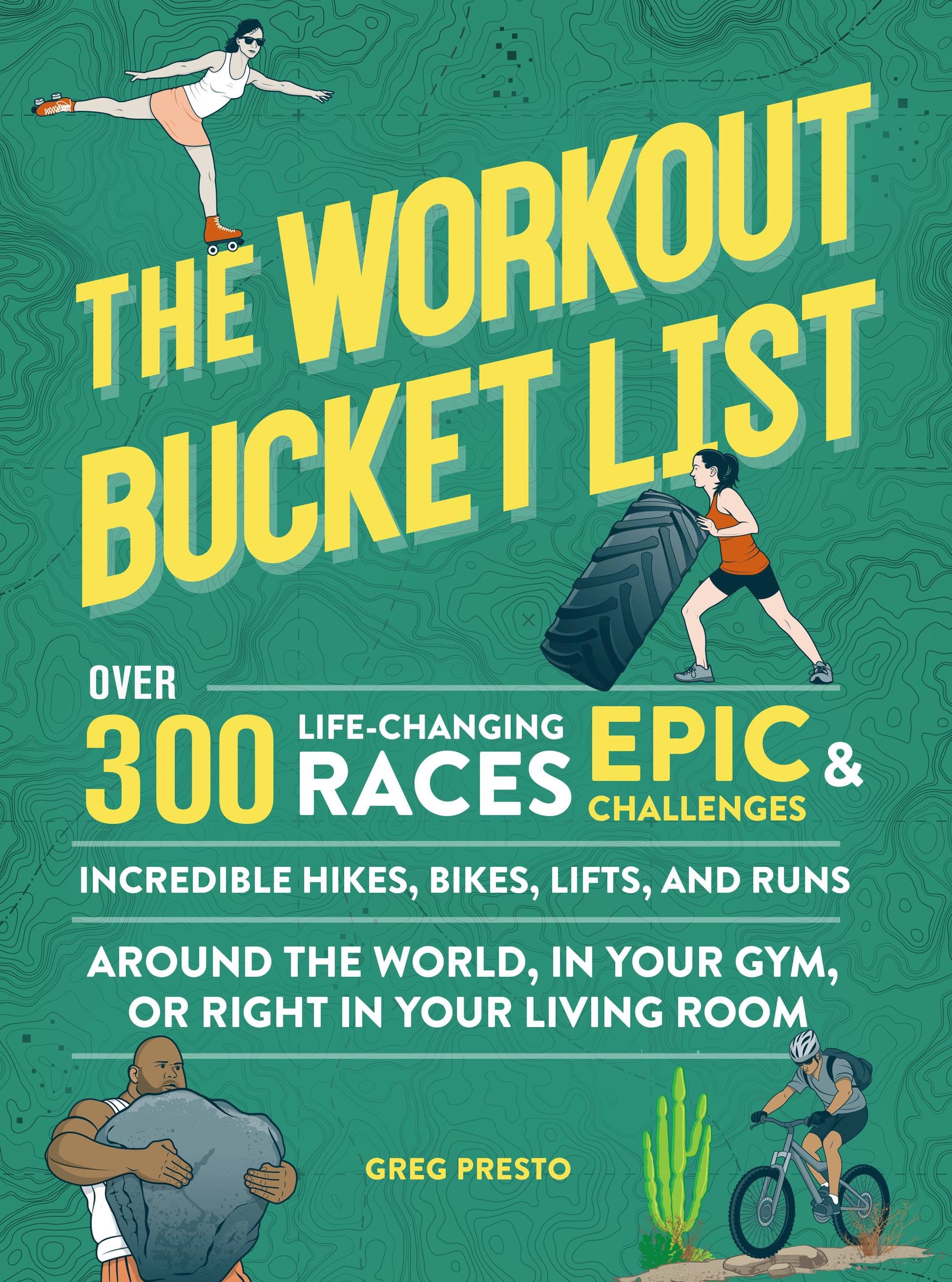Promotion
Use code MOM24 for 20% off site wide + free shipping over $45
The Workout Bucket List
Over 300 Life-Changing Races, Epic Challenges, and Incredible Hikes, Bikes, Lifts, and Runs around the World, in Your Gym, or Right in Your Living Room
Contributors
By Greg Presto
Formats and Prices
Price
$24.99Price
$30.99 CADFormat
Format:
- Trade Paperback $24.99 $30.99 CAD
- ebook $12.99 $16.99 CAD
This item is a preorder. Your payment method will be charged immediately, and the product is expected to ship on or around April 26, 2022. This date is subject to change due to shipping delays beyond our control.
Also available from:
For most of us, exercise can be a dreaded task, one to be postponed, procrastinated, or avoided. We all know the excuses: exercise is boring; I don't have time for the gym; there's no room in my apartment; I need to be motivated. The real problem is that we're used to old fitness routines and the same monotonous gym equipment, but The Workout Bucket List promises that exercise can, and will, be fun again.
Combine history, pop culture, travel, inspiration, and health and you've got the perfect book to help break down your mental barriers to shake up your fitness regimen. Author and fitness journalist Greg Presto suggests countless exercises and activities around the world—or in your very own home—for the ultimate fitness bucket list, whether it's biking with zebras, entering the Tour de Donut, climbing the tallest mountain east of the Mississippi, training like a Baywatch lifeguard, or starting your day with a workout that you might have done in the Titanic's gym. The Workout Bucket List is here to challenge you to try the world's toughest, most interesting, and fun workouts, inspiring the fitness adventurer in all of us.
Genre:
- On Sale
- Apr 26, 2022
- Page Count
- 400 pages
- Publisher
- Running Press
- ISBN-13
- 9780762472062
Newsletter Signup
By clicking ‘Sign Up,’ I acknowledge that I have read and agree to Hachette Book Group’s Privacy Policy and Terms of Use







